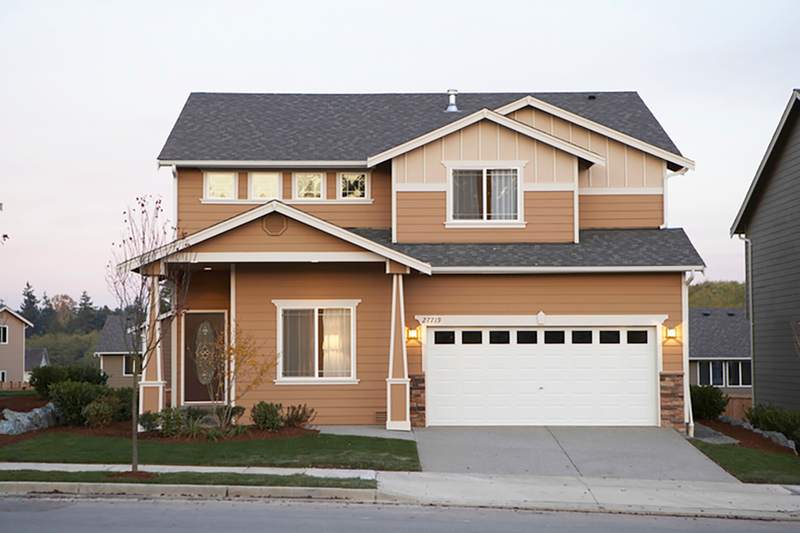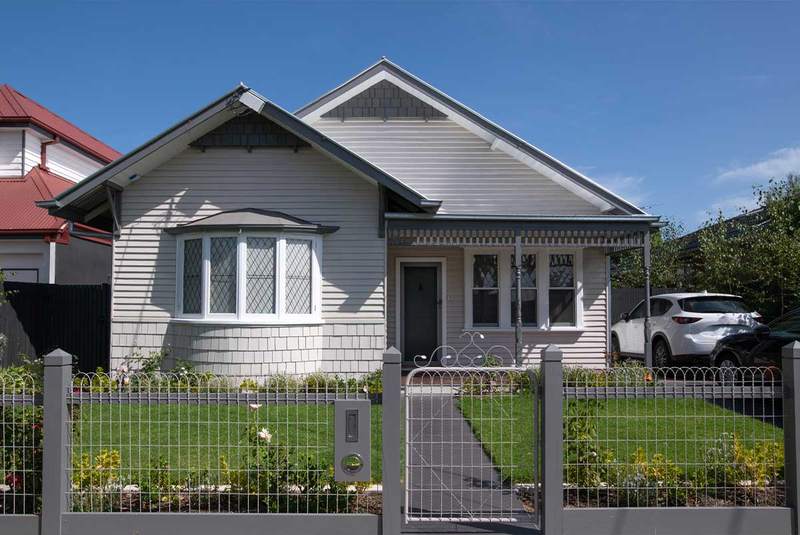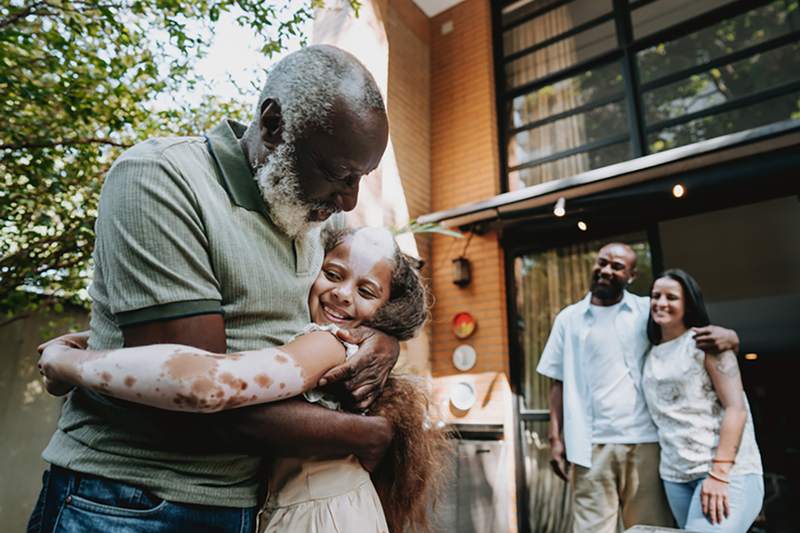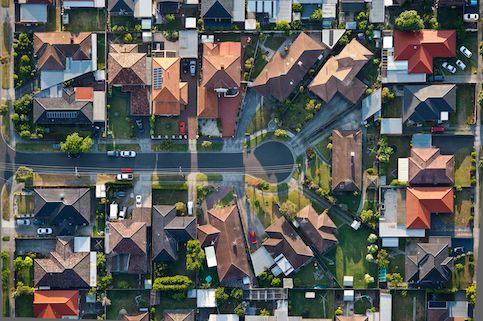One of the biggest barriers to homeownership is pulling together a down payment: between bills, debt, and living a life, it can be hard to save up a nest egg of 20% of a home’s purchase price. Fortunately, there are forms of down payment assistance that allow qualifying prospective home buyers the opportunity to borrow their down payment in the form of a second mortgage on their property. The name of this financial product: the “Community Seconds Mortgage.”
What Is A Community Seconds Mortgage?
A Community Seconds mortgage is a form of down payment assistance offered by Fannie Mae (Freddie Mac’s Affordable Seconds is another) that allows approved third parties to lend funds to be used for a down payment or closing costs. The loan is secured by a second mortgage, and the second mortgage is always subordinate to the first.
A second mortgage is another type of lien on a property. Liens are “claims” lenders have on a property until a debt is paid off. There are many types of “bad” liens: tax liens, judgement liens, homeowners association liens. These are claims put against a home when the owner fails to pay taxes or other monies owed.
But a primary mortgage is also a type of lien, as is the second, and these are “good” liens. The type of lien and the date it was put against the home help determine who gets paid first if a home goes into foreclosure.
See What You Qualify For
Buy A Home
Discover mortgage options that fit your unique financial needs.

Refinance
Refinance your mortgage to have more money for what matters.
Tap Into Equity
Use your home’s equity and unlock cash to achieve your goals.
What Is Fannie Mae?
Created in 1938, Fannie Mae is one of the biggest buyers of mortgage originations. As a government agency, Fannie Mae essentially “buys” mortgages from banks, so banks can then turn around and use that money to originate more mortgages. Fannie Mae (and the other agency, Freddie Mac) play a large part in how lenders stay liquid and keep the economy running.
While Fannie Mae doesn’t regulate lenders directly, they will only buy mortgages that conform to their guidelines, which helps lenders be less stringent about what type of loan they give and the credit qualifications of who they give it out to.
As a government agency, Fannie Mae also exists to help make housing more affordable to low-income families, and Community Seconds is just one aspect of this initiative. Currently, Fannie Mae will buy a primary mortgage (even if it doesn’t fit requirements) if a Community Seconds lien is attached. By creating an “exception” for Community Seconds participants, the government agency aims to incentivize lenders to originate the primary mortgages for these participants who may not have a lot of cash on hand to purchase a home.
Find A Mortgage Today and Lock In Your Rate!
Get matched with a lender that will work for your financial situation.
What Is A Second Mortgage?
Most often, second mortgages are offered when there is a predetermined amount of equity in a home. This way, borrowers can get cash for the equity they’ve built in their home, and lenders can loan money with confidence because the borrower has some “stake” in the game. While the cash from a second mortgage can be used for a variety of reasons (debt consolidation, college education, medical emergencies) most lenders hope the borrowers will eventually repay their loan because they don’t want to lose out on equity they’ve already built.
The Community Seconds mortgage is different, because the second loan is taken out at the same time as the primary mortgage. Because there isn’t any equity built in the home, or a proven track record of on-time repayment, many lenders are leery of loaning money out to these untested borrowers.
Currently, Fannie Mae is working to develop a lender network of financial institutions comfortable making loans to Community Seconds mortgage holders.
How Does A Community Seconds Mortgage Work?
Similar to applying for a primary mortgage, a potential borrower applies for the Community Seconds loan. The only difference is they apply for the Community Seconds loan first, then apply for their primary mortgage from lenders.
And while Community Seconds mortgages are harder to qualify for, there are a variety of benefits that make the effort worthwhile. Fannie Mae caps the interest rate lenders may charge on Community Seconds mortgages, keeping them affordable for low-income families. Depending on the lender, a variety of repayment options exist including:
- Zero interest on the second mortgage
- Repayment of loan only at resale
- Installment payments
- Debt forgiveness (for example, if home remains owner-occupied for a specified number of years.)
Who Is Eligible For A Community Seconds Mortgage?
Like many Fannie Mae programs, eligibility requirements for Community Seconds are stringent and the requirements vary across regions, funding agencies, and lenders. Below are some of the typical income requirements seen for those applying to the Community Seconds program.
Income Requirements
The Community Seconds program does not have income requirements, but it is geared toward low- and moderate-income wage earners. In general, applicants must earn no more than 120% of their local area’s median income. (You can find your area’s median income here.)
Funding sources, however, are free to devise their own income requirements, which is why those interested in the Community Seconds program may see varying application criteria depending on who they choose to fund the loan.
Maximum Loan-To-Value Ratio
Because the second loan is being taken at the same time as the primary mortgage, there are restrictions on how much money participants are allowed to borrow. Currently, the Community Seconds program allows a maximum 105% LTV ratio, which means prospective home buyers can owe up to 5% more than their home is worth. That 5% excess can be used for the down payment, closing costs, or minor home renovations.
As an example, say a Community Seconds borrower finds a house in Cincinnati, Ohio and the purchase price is $140,000. Assuming $140k is the fair market value of the home, a buyer in the Community Seconds program can borrow up to $147,000 for the home purchase. If the buyer is taking on an FHA loan as the primary mortgage where 3.5% down payment is all that’s required, the Community Seconds program allows the buyer to get into the home without cash on hand.
Depending upon the type of primary mortgage loan or the location of the home (and home prices), the 5% excess may not be enough to cover the entire down payment, but it does provide enough assistance to make homeownership more accessible for low-to-medium income buyers.
Credit Worthiness
As with any loan application, credit score, debt-to-income ratio, and employment history will also be evaluated for the Community Seconds mortgage. Even without down payment assistance on the table, having the best credit possible will help borrowers qualify for a mortgage more easily, and get the lowest interest rate available.
Currently, Fannie Mae does not require proof of funds for a borrower looking to purchase a one unit property. Still, other lenders and programs may require borrower contributions or proof of reserve funds (money in the bank, essentially) when assessing credit worthiness. To a lender, having cash in reserve is another hallmark of “credit worthiness” or someone’s ability to repay a large loan.
Who May Offer Community Seconds Funding?
Fannie Mae’s approved sources of funding, include:
- Federal agencies, municipalities, states, counties, or local housing finance agencies
- Nonprofit organizations
- Regional Federal Home Loan Banks (under one of their affordable housing programs
- Native American tribes or their sovereign instrumentalities
- Employers
How Can I Get Started?
If you are interested in learning more about Community Seconds, start the process by calling HUD at (800) 569-4287 for a referral or by looking for HUD-approved housing agencies or commissions. If you are already engaged with a mortgage broker, they may have resources or agencies they can refer you out to for more information.
For the most specific information to your locale and financial situation, make an appointment to speak with a housing counselor to discuss all of the options available.
Don’t let the lack of cash keep you from reaching your homeownership dreams. Often, help is available, you just have to ask and know where to look.
Find A Mortgage Today and Lock In Your Rate!
Get matched with a lender that will work for your financial situation.
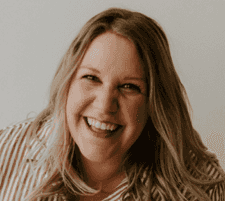
Miranda Crace
Miranda Crace is a Staff Writer for Rocket Companies, bringing a wealth of knowledge about mortgages, personal finance, real estate and personal loans for over 10 years. Miranda is dedicated to advancing financial literacy and empowering individuals to achieve their financial and homeownership goals. She graduated from Wayne State University, where she studied PR writing, film production and film editing. In her spare time, Miranda enjoys traveling, actively engages in the entrepreneurial community, and savors a perfectly brewed cup of coffee.


